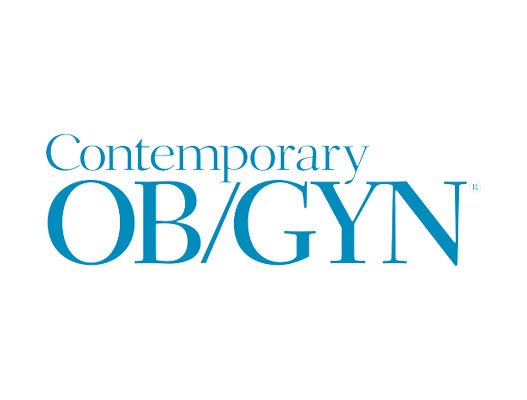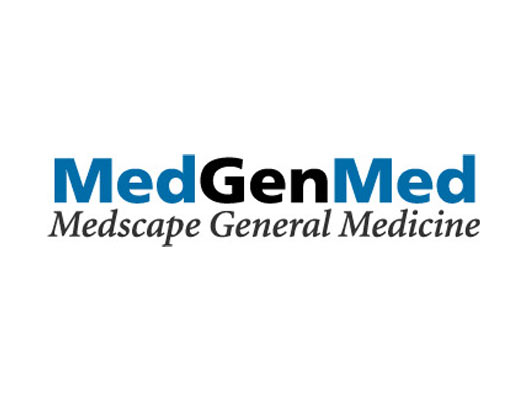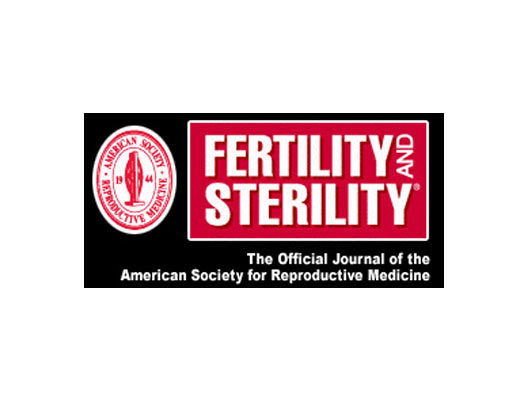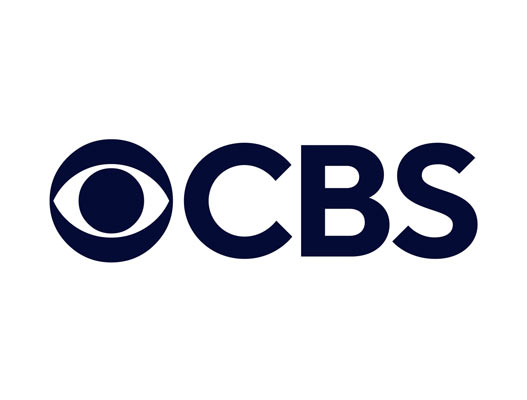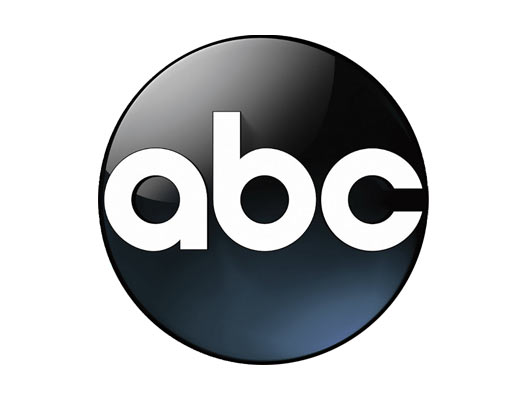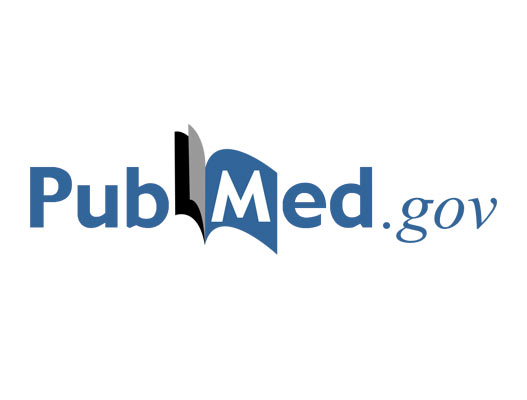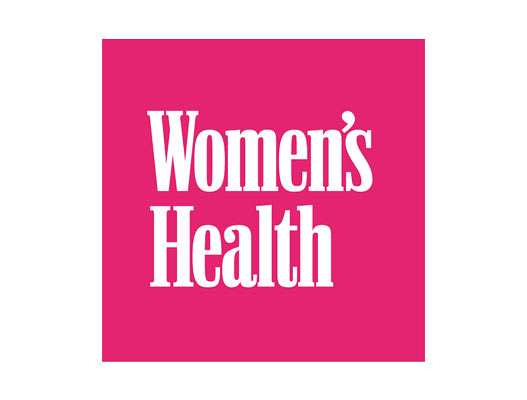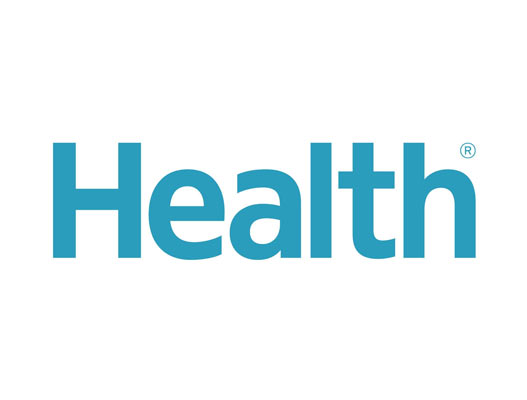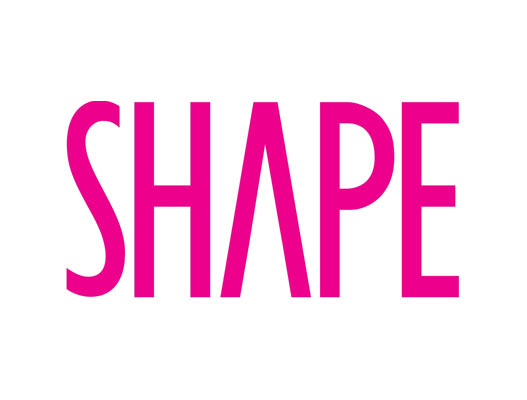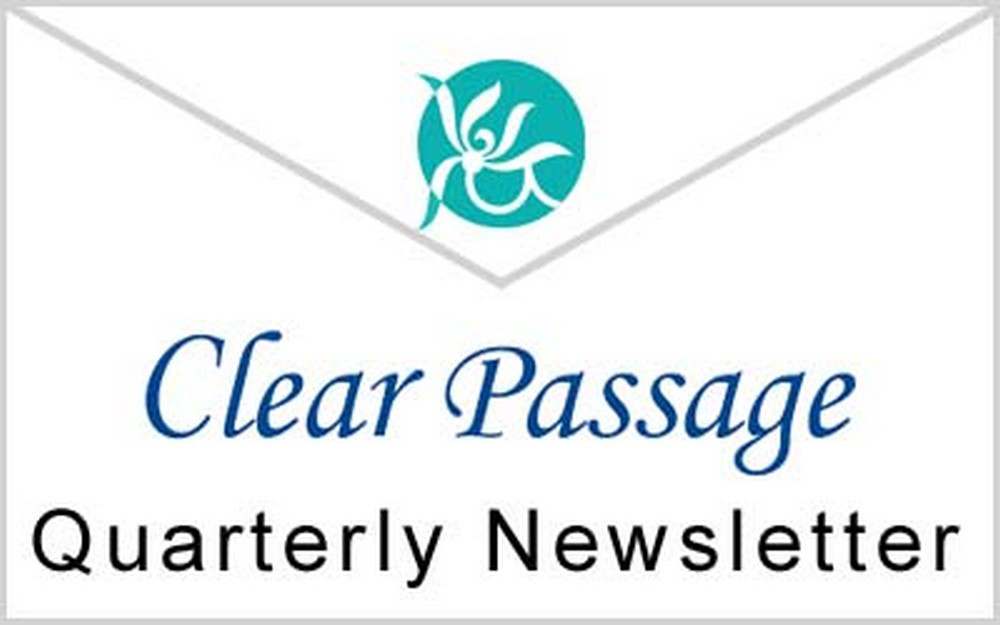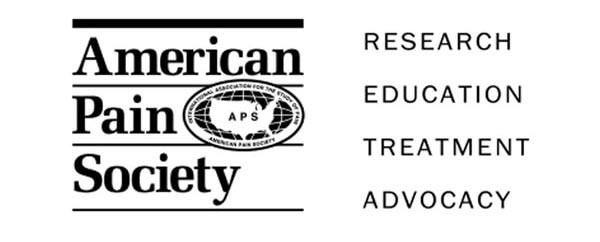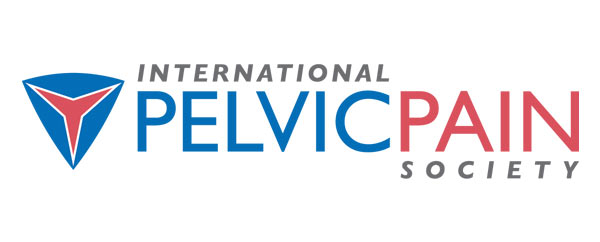We Treat Chronic or Recurring Neck Pain Without Surgery or Drugs
Clear Passage®️ therapists have successfully treated severe and recurring pain in the neck and nearby areas for over 20 years. This non-surgical, drug-free manual physio/physical therapy can decrease or eliminate mechanical restrictions throughout the neck, head, shoulders, and back, helping you return to a functional, pain-free life.
Complete our online Request Consultation form to receive a free phone consultation with an expert therapist and learn whether our therapy can help you.
Causes and Frequency of Neck Pain
Chronic neck pain is generally caused by ‘mechanical’ factors such as trauma (an accident or fall) or “good student” postures – those that occur from years of forward head position after many years at school or at work computers. Adhesions that form in the neck can pull into the base of the skull, upper back, or shoulders, causing pain in those areas. Anti-inflammatory and pain medications can mask pain but do little to address the cause.
Effects of Posture
From the time we sit at our first school desk, our seated posture begins a lifelong interplay with the structures on the back of the neck and into the base of the skull. Thus, most of us are forced into positions that cause micro-trauma to the neck from an early age. The repeated stresses on our necks continue through high school and into college and professional life. As designed, the human torso, neck, and head should be able to maintain a vertical posture in space. A vertical line drawn through the ear should go through the center of the shoulder joint and the center of the hip joint. In this position, the muscles of the neck have the best opportunity to remain relaxed and pain-free because the weight of the head is totally supported by the bones of the spine. Neck problems often begin when we first sit at our desks and the weight of our heads (about 10 pounds or 5 kilograms) pitches forward while we read our lessons, write in our notebooks, or gaze at our laptops. In this forward head posture, the muscles at the back of the neck must tighten to keep the head from falling onto the chest. As we advance through school, these small muscles tend to contract constantly, though they are not designed to fire hour after hour, week after week, year after year.
Forced to contract chronically, the muscles at the back our neck can spasm and become inflamed. Sensing inflammation, the body sends in tiny collagen cross-links (the building blocks of adhesions) to assist the muscles at the back of our neck, causing stiffness and pain. For some people, the forward head posture that began in school becomes exacerbated later in life as we spend hour upon hour in front of our computer. Gynecology, dentistry, cosmetology and other professions require not only the head but the arms and shoulders to be forward, increasing the build-up of collagen cross-links in the neck and shoulders — and often increasing pain symptoms. If this posture is not corrected by the time we reach our thirties and beyond, many people find themselves bent forward, with thick, adhered muscles, tightness and spasm from the base of the skull down to the mid or even lower back.

Effects of trauma
Falls and traumas to the upper body can cause whiplash with direct trauma to the neck. Injuries in the lower body (back, hip, tailbone or legs) can cause neck pain when the consequent adhesions pull the bones of the pelvis out of symmetry and alignment. As the foundation for the spine and upper body, the pelvis must be level in order to support a stable back and neck. When pelvic structures become unbalanced due to an injury, surgery, or inflammatory process, the spine can no longer sustain its symmetrical vertical alignment. Situated at the very top of the spine, the neck suffers from the asymmetrical foundation below.
Treatments
Clear Passage®️ Treatment
Providers who treat the neck alone often miss two important elements:
- the support structures below the neck that can create asymmetry and strains in the neck as it responds to an uneven foundation, and
- the tiny but powerful cross-links – the building blocks of adhesions – that can bind muscle, bone, and nerve cells, causing stiffness and pain.
In order to have lasting results with chronic neck pain, the structures below the neck must also be evaluated and treated. Only when the spine is balanced on the stable foundation of a horizontal pelvis can treatment at the neck be effective and provide long-lasting results.
Our physical therapists are thoroughly trained to palpate, evaluate, and decrease the powerful adhesive cross-links that form in the neck and its support structures. We start by addressing the myofascial tissues (muscles and fascia) of the head and neck. From there, we will evaluate and treat any tight areas at the shoulders and chest – areas that often become tightened from years of forward head posture. Then, we evaluate the structure and symmetry of the back and pelvis, in order to create a stable foundation for a vertical spine.
We decrease or eliminate the adhesive pulls that have formed over years in the neck and its support structures in order to return each patient to a body that is mobile, functional, and pain-free, from head to toe.
Other Treatment Options (Surgery, Drugs)
Other treatment options for neck pain vary widely depending on the severity of the patient’s pain. Transcutaneous electrical nerve stimulation (TENS) uses electrodes placed near painful trigger areas to deliver impulses designed to relieve pain. However, this does very little to effectively treat the cause of the pain, leaving the patient with only temporary relief from pain and symptoms. Traction is sometimes used in patients using weights or pulleys under medical professional supervision to aid in stretching the neck. Tracton can provide relief of neck pain related to nerve root irritation; if the pain is not related to nerve root irritation, this treatment will not be effective and can even add to the problems. Short-term immobilization is another treatment option, taking pressure off the structures in your neck. It is noted that if used for a long period of time (more than 2-3 hours at a time) or for more than a few weeks, the collar may do more damage to your symptoms, creating only a temporary and sometimes risky solution. Surgery is rarely used as a treatment for neck pain and is used as the last option in a patient’s treatment course.
Testimonials
To read past patient success stories, please visit our Testimonials page.
Related Content:
Chronic Pain
- Back & Hip Pain
- Patient Story: Overcoming Chronic Pain After Multiple Traumas
- Adhesions: The Hidden Cause of Chronic Pain (Infographic)
- Childhood Surgery & Trauma
- Post-surgical Pain and Adhesions
- Anti-Inflammatories and Reducing Inflammation Naturally
- Migraines/Chronic Headaches
- Do I Have Mechanical Migraines?
- Myofascial Pain
- How Does Clear Passage® Therapy Compare to Myofascial Release and Visceral Mobilization?
- Myofascial Pain Syndrome and Fibromyalgia: What Is the Difference?
- Neck Pain
- Pain after Physical or Sexual Abuse
- Pain after Radiation Therapy
- Tailbone (Coccyx) Pain
- Sacroiliac Joint Pain
- TMJ/TMD
If you’d like a free consult, please take 20 minutes and fill out this form and we can determine if therapy would be a good fit for you.








